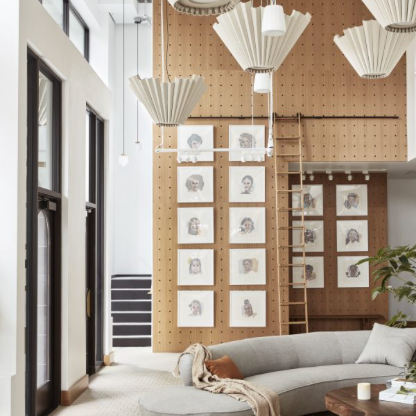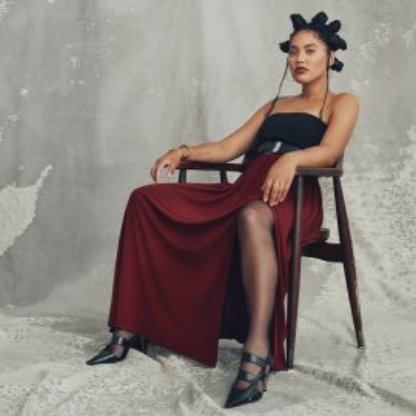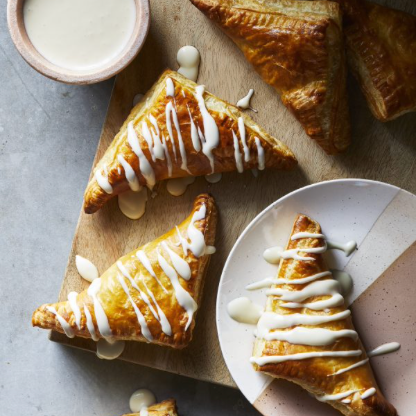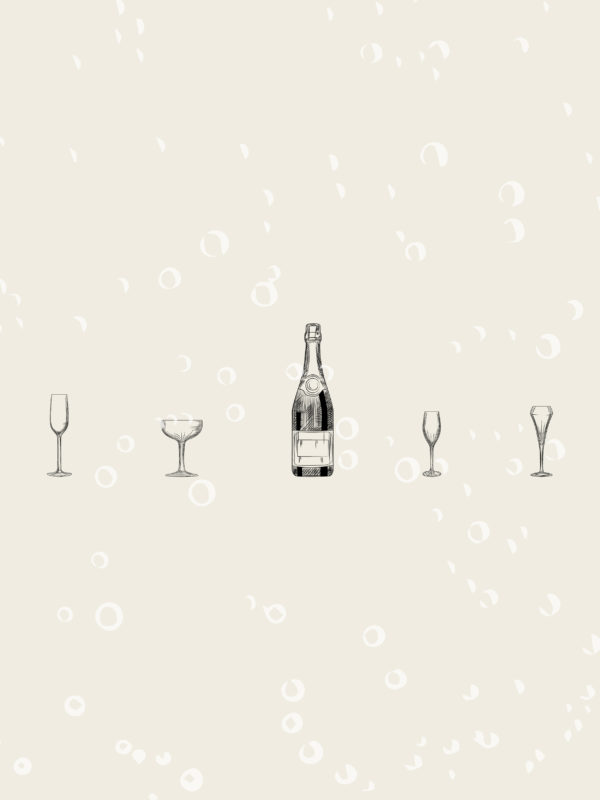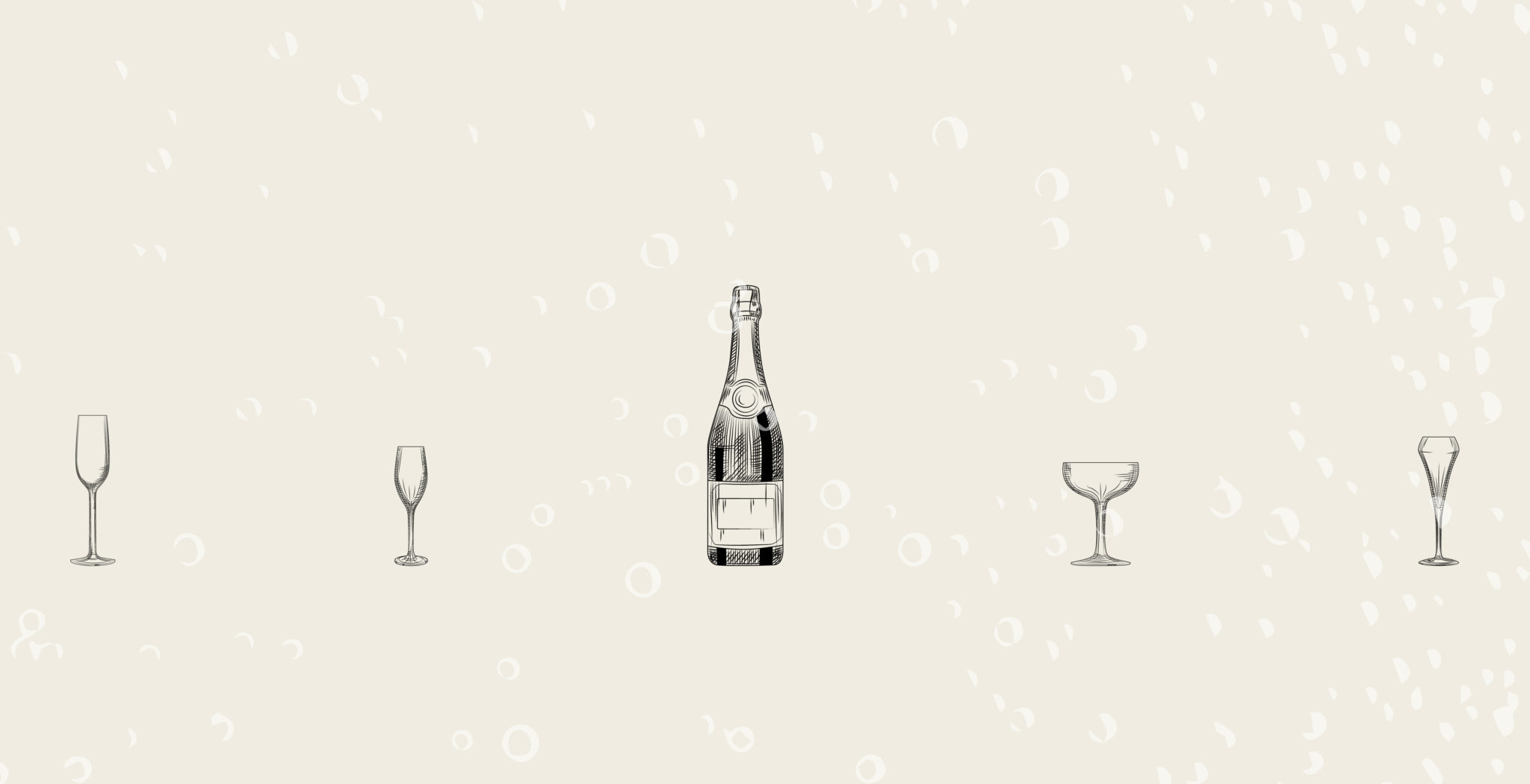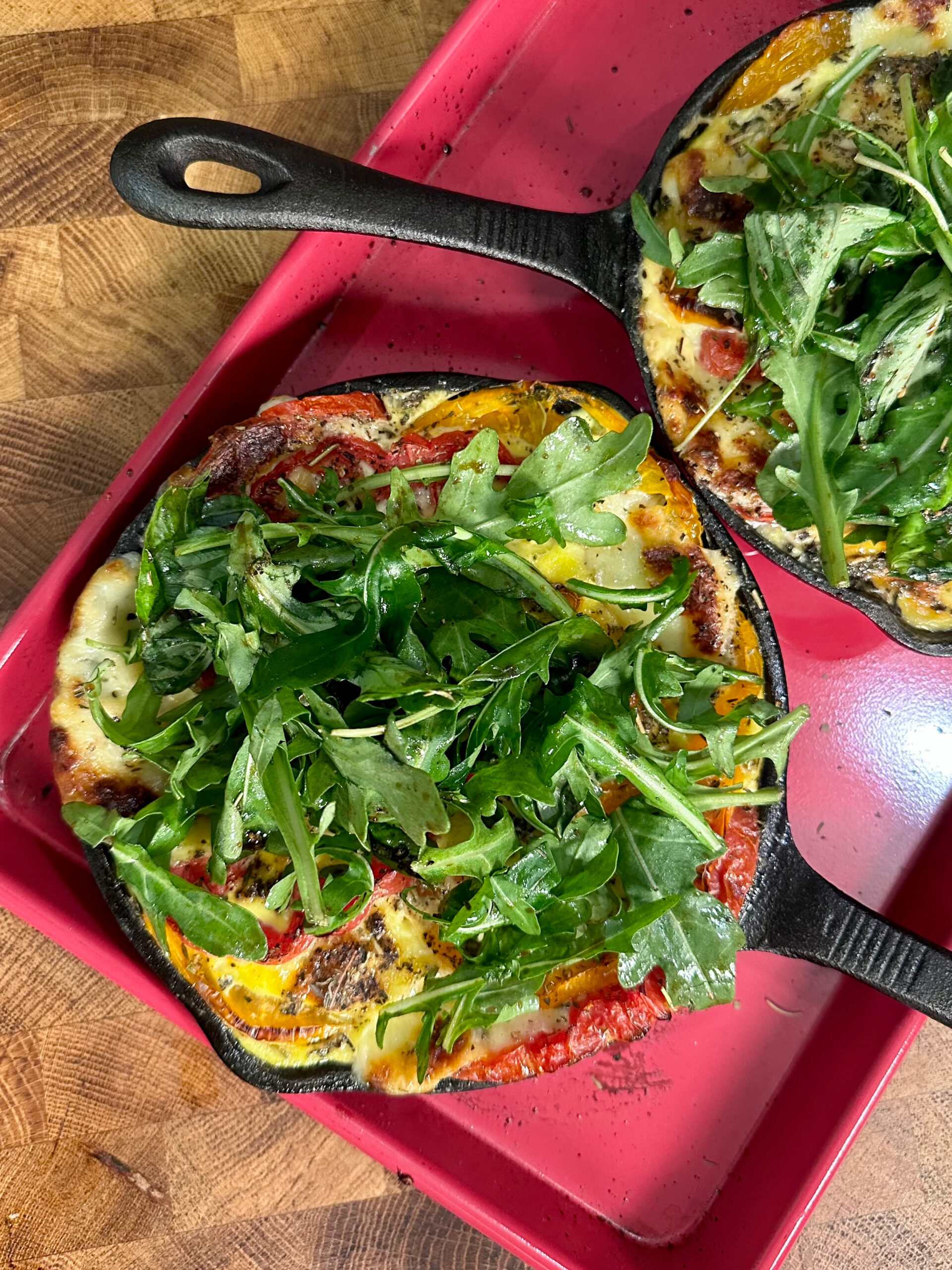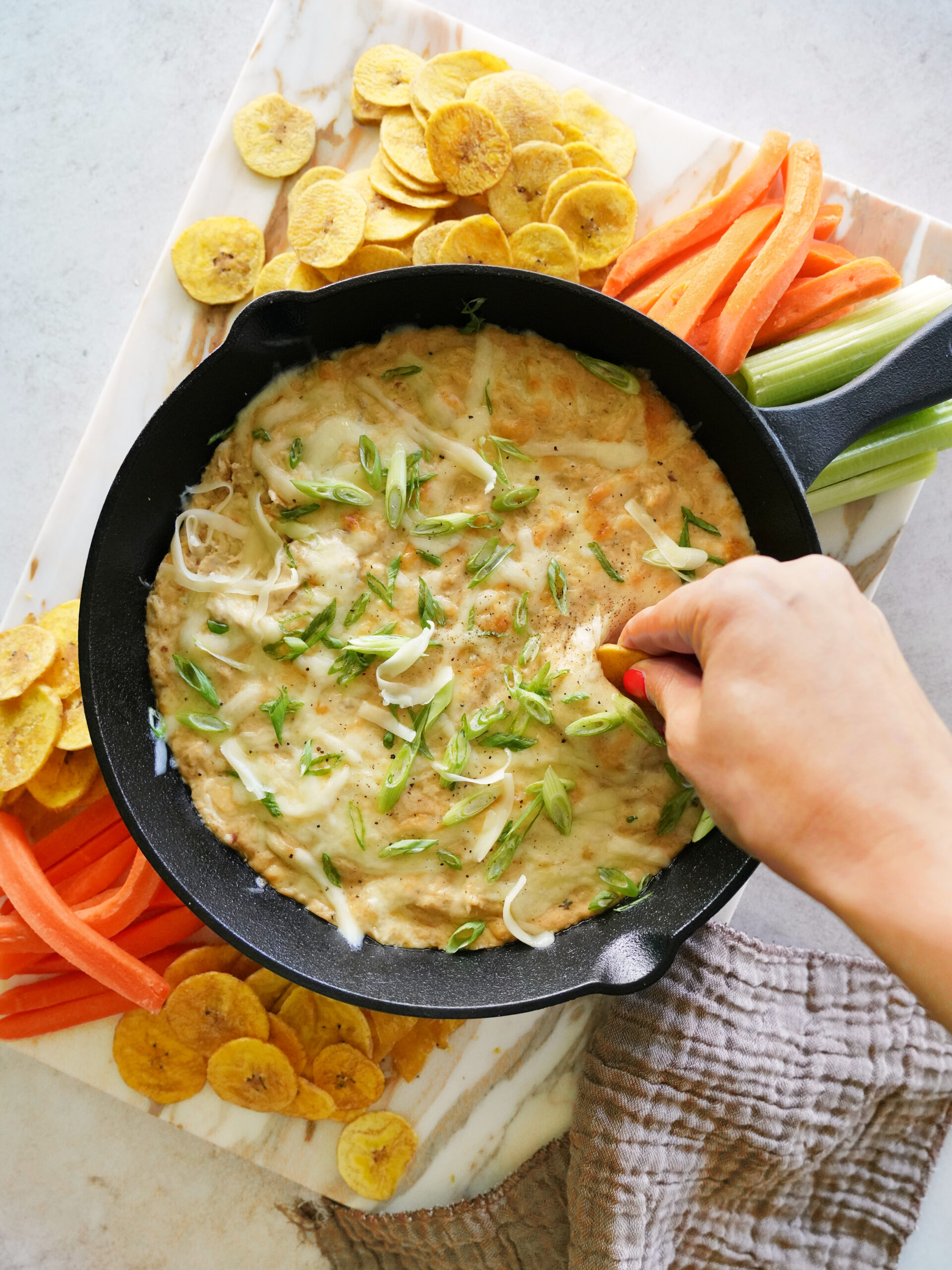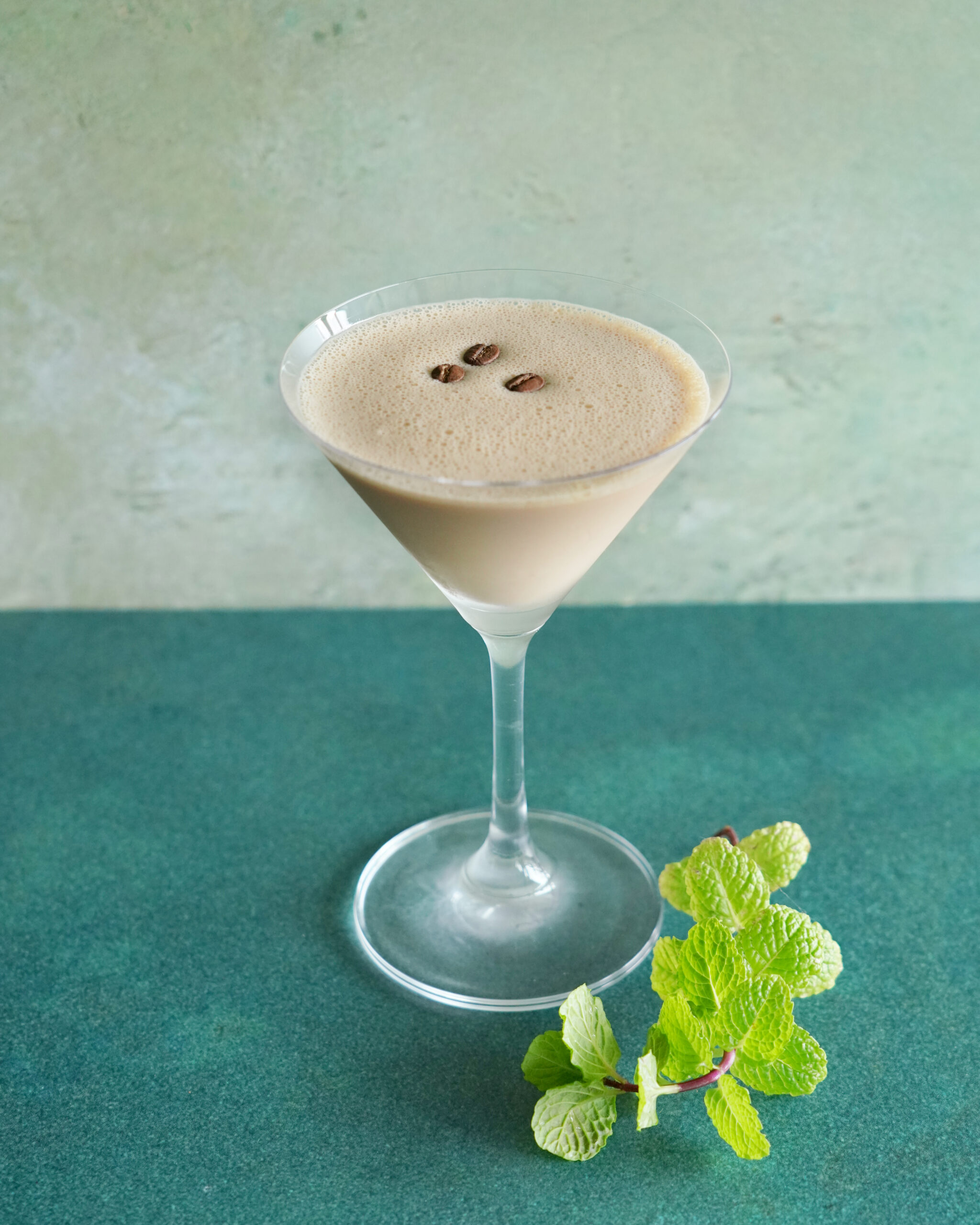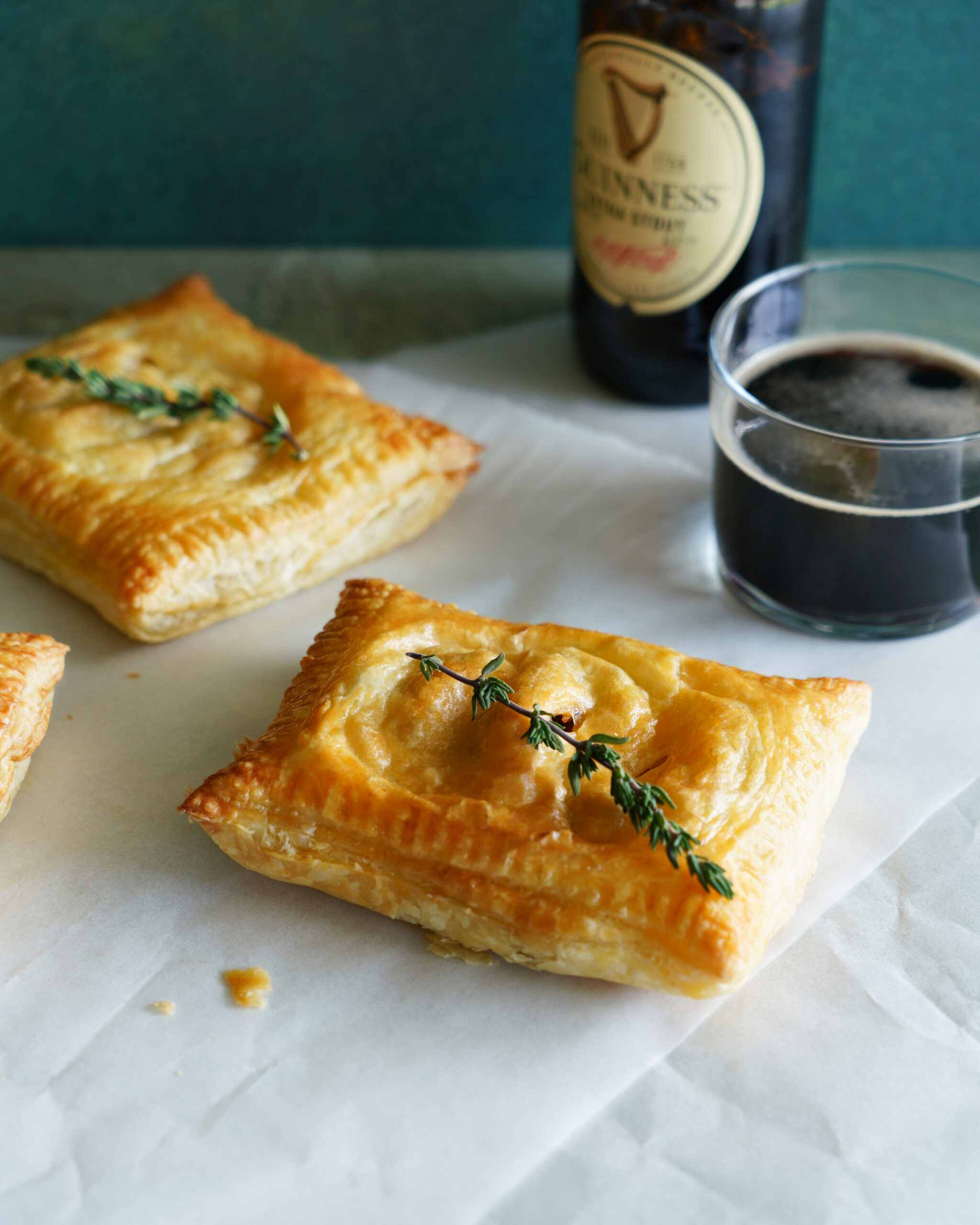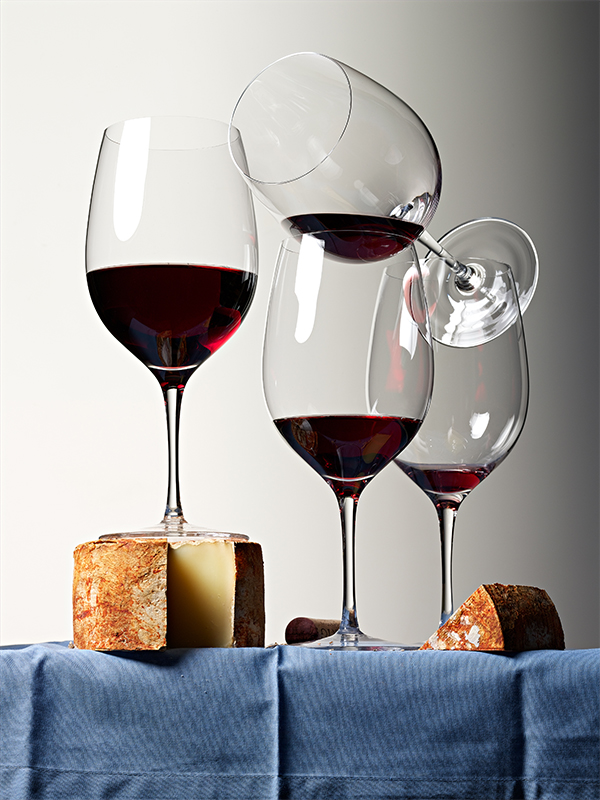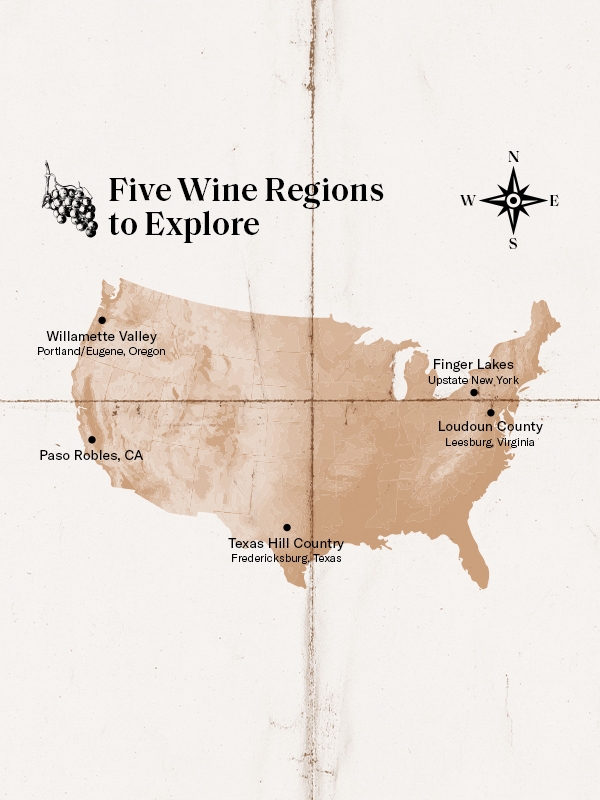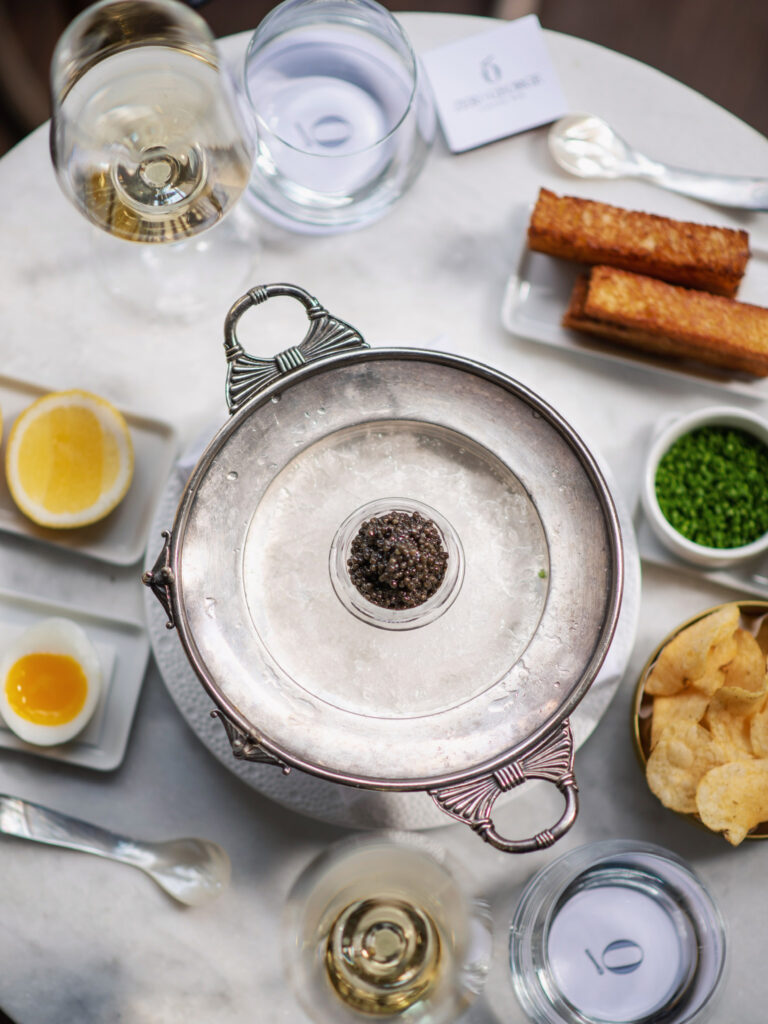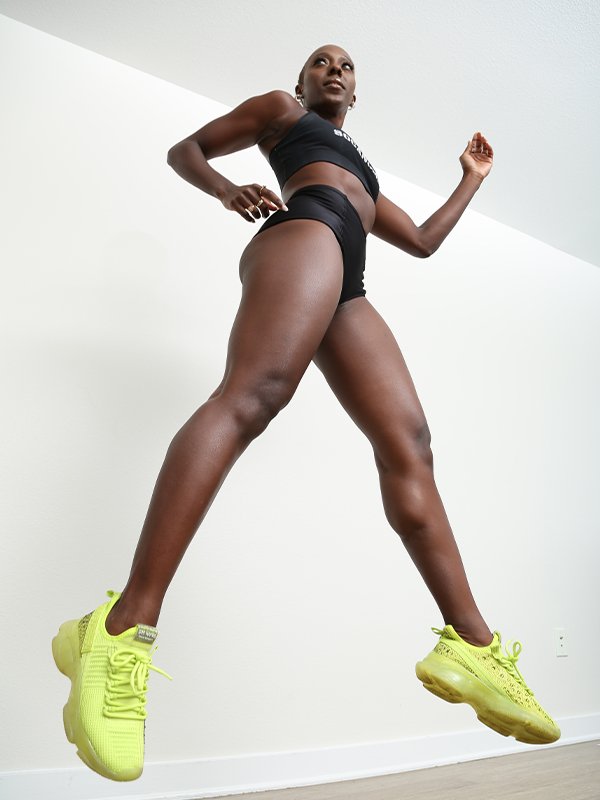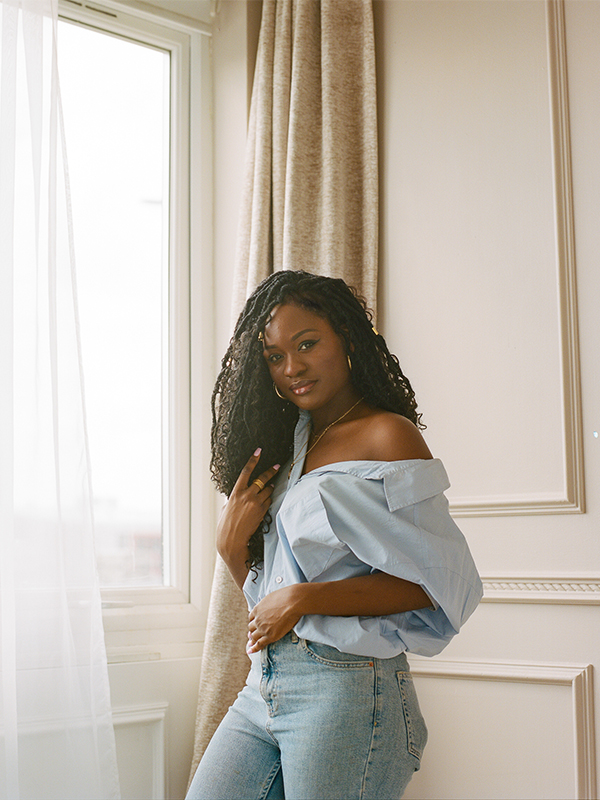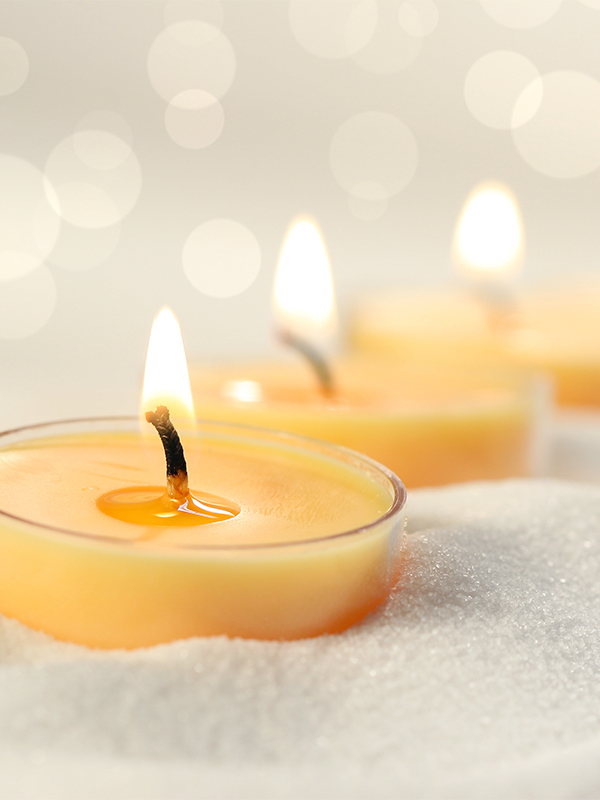It’s the holiday season and, because celebrations are abundant, bubbly usually enters the chat as the wine of choice.
While champagne is an obvious choice, buying it in bulk or for a crowd can make a real dent in your wallet.
Fortunately, there’s a whole world of other price point-friendly, champagne-adjacent sparkling wine options that are just as suitable for your holiday festivities—you just need to do a little exploration in the wine aisle. Check out this sparkling wine mini primer that will help you make a holiday sipping list you won’t have to check twice. And if you’re a sparkling lover, don’t stop with this list as there are several other lesser-known sparklers—like German Sekt, Spanish Txakoli and Italian Lambrusco.
American & English Sparkling
California has long been a big player in the U.S. bubbly production game, using many of the Champagne region’s traditional grapes and methods. Excellent effervescent sparkling options are now also coming out of states such as Oregon, New York, New Mexico and Texas.
In the last decade or so, England, too, has started producing quality, traditional-style bubbles of their own.
PRO TIP: Look for Blanc de Blancs (made from only white grapes), Blanc de Noirs (only red grapes), and rosés—and bear in mind sweetness levels (Zero Dosage, Brut, Demi-sec, etc.). Be advised: Unlike other sparkling wines, English sparkler prices frequently mimic those of champagne but can be worth it.
Avg. price range: $18-45+
Cap Classique (South Africa)
Sparkling wines made in the traditional French methode champenoise style are referred to as “Méthode Cap Classique” or “MCC.”
While MCCs use Chardonnay, Pinot Noir and Pinot Meunier just like champagne, many MCCs also frequently include Chenin Blanc (a commonly grown grape in South Africa), which adds lightness and fresh green notes. There’s also unique depth in flavors imparted from the grapes being grown by the Atlantic and Indian oceans.
PRO TIP: Look for “Fermente en Bouteille” or “Bottle Fermented” on the label for the prime offerings.
Avg. price range: $20-$40
Cava (Spain)
Typical good quality Cava is made from the Spanish grapes Macabeo, Parellada and Xarel-lo using the traditional methods of champagne—but Cava producers have been quietly stepping up their production of exceptional “luxury” bubbles.
Back in 2016, Spain created a new designation/classification called “Cava de Paraje” that instituted several stringent requirements, such as that all grapes must be hand-harvested with a minimum ageing of 36 months. Some premium producers also experiment with Chardonnay and Pinot Noir as well.
PRO TIP: Look for “Gran Reserva” or “Paraje” on the label. Sweetness ranges from Brut Nature (the driest) to Dolsec (or “dulce,” the sweetest).
Avg. price range: Good, regular cava goes for $10-$12. Premium Cava can run upwards of $40
Crémant (France)
See “Crémant” on the label? Then you’re getting a great quality sparkler from France made in the “méthode traditionelle” champagne style. Though made in France, it can’t be classified as champagne because it’s not made in the Champagne region and uses additional grape varieties outside of the seven sanctioned for champagne.
Some of the appellations Crémants are made in include Alsace, Bordeaux, Bourgogne, Loire Valley, Jura, and Limoux, each using grape varieties the particular area is known for (such as Malbec, Cabernet Franc and Riesling).
PRO TIP: Check the label to see what area the Crémant is from. Crémant de Limoux and Bourgogne are going to be closest in style to traditional champagne since they use lots of Chardonnay and Pinot Noir. Crémant d’Alsace will likely please white wine lovers since it’s often made from white grapes.
Avg. price range: $13-28
Pétillant Naturel/“Pet Nat” (Worldwide)
Though it originated hundreds of years ago, this category of effervescent wines only gained popularity in the last few years. Uniquely and unlike champagne, they intentionally only undergo one single fermentation, resulting in a semi-sparkling wine.
As a result, the wines are a little cloudy and sometimes have a bit of a funky fermented note on the palate, but that’s exactly what makes them fun and quaffable.
PRO TIP: In addition to “Pet Nat,” look for “Method Ancestrale” on the label (“Ancestrale” indicates centuries-old, natural, spontaneous fermentation). Pet Nats will please those sippers who are adventurous or who like low-intervention (more “natural” wines).
Avg. price range: $13-30
Prosecco (Italy)
Perhaps the most popular and cost-conscious alternative to champagne, Prosecco is made with white grapes known as Glera, giving the sparkler a lighter, fruitier, dry or off-dry style with delicate stone fruit flavors, such as peach and apricot.
Prosecco will have large bubbles that dissipate a bit more quickly than other sparkling wines due to the fact that it’s made via the “Charmat” method (the 2nd fermentation doesn’t happen in the bottle).
PRO TIP: For the highest quality, look for “DOCG” on the label. Sometimes, you may see the words “spumante” or “frizzante” on the label. Spumante means that it is a fully sparkling wine, and frizzante means that it is only lightly bubbly.
Avg. price range: $11-24
Franciacorta (Italy)
You thought Prosecco was the only Italian sparkling wine? Think again! Despite Prosecco’s popularity, Franciacorta has garnered the devotion of many bubbly lovers who prefer wines made in the traditional “Method Champenoise” style but still have their own distinct Italian identity.
Franciacorta’s profile is distinguished from Prosecco in that it’s drier with feistier bubbles and is more complex. Whereas Prosecco is good for aperitifs or making cocktails, Franciacorta will pair well with food.
PRO TIP: The highest expressions of this already dynamic wine can be found via the “Vintage” and/or “Riserva” offerings.
Avg. price range: $20-38

